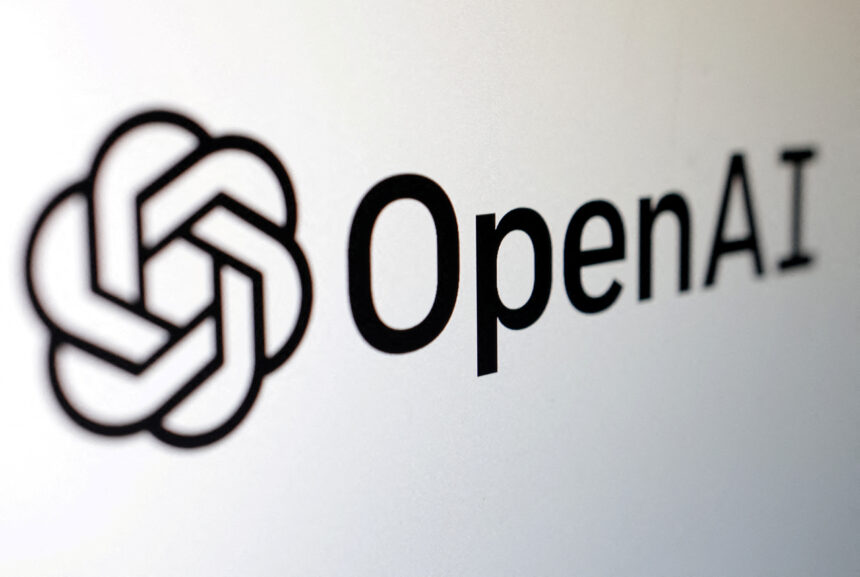OpenAI continues to lead the way in AI innovation with its latest update, GPT-4o (“omni”), along with exciting developments in search technology and a promising collaboration with Apple. This multifaceted rollout not only expands the capabilities of AI but also redefines how users interact with digital platforms and devices.
What’s Happening & Why This Matters
A New GPT Model: OpenAI has unveiled GPT-4o, a new model that enhances user interaction by integrating voice, text, and vision in real time. This model reduces response times to near-human levels and introduces an emotionally responsive AI capable of understanding and interacting based on the user’s emotional state.
- Real-Time Interaction: GPT-4o’s ability to process audio, visual, and textual data simultaneously creates a more dynamic interaction paradigm, allowing for a more natural communication flow with AI.
- Enhanced Language Support: The new model supports over 50 languages, covering 97% of the world’s population, enhancing accessibility and usability across diverse user bases.
As Dr. Fiona Murray, a tech industry analyst explains, .”OpenAI’s latest developments suggest a transformative shift in AI applications, blending emotional intelligence with real-time processing to create more empathetic and accessible technology. This could redefine user interactions on a global scale, setting new standards for AI integration.”
Search: While OpenAI clarified that it would not launch a direct Google search competitor immediately, progress has been made in enhancing search capabilities within its platforms. OpenAI’s search endeavors aim to provide more intuitive, responsive AI-driven search experiences.
Apple iOS: OpenAI is reportedly close to finalizing a deal with Apple to integrate its ChatGPT technology into iOS, bringing AI functionalities to iPhone users with the upcoming iOS 18. This move could significantly impact how consumers use their devices, leveraging AI for a variety of new applications directly from their smartphones.
- Integration Across Platforms: The anticipated integration of OpenAI technology into Apple’s iOS represents a major step in mobile AI capabilities, potentially leading to more advanced AI features accessible directly from user devices.
User and Industry Impacts
OpenAI’s updates represent significant technological strides, pushing the boundaries of what AI can do in terms of speed, efficiency, and emotional intelligence. As AI becomes more embedded in consumer tech, shifts are expected in how devices are used daily — especially pertaining to privacy, customization, and user interaction.
With great power comes greater responsibilities. OpenAI acknowledges the importance of addressing safety and ethical concerns, especially as these technologies become more pervasive in society.
TF Summary: What’s Next
The continuous innovation from OpenAI, including the GPT-4o model and its integration into mainstream platforms like iOS, marks a pivotal moment in AI development. TF expects these technologies to become more integrated into everyday applications, further blurring the lines between human and machine interaction. AI’s potential enhance digital experiences and improve accessibility is immense and promisiing new developments will materialize soon.


